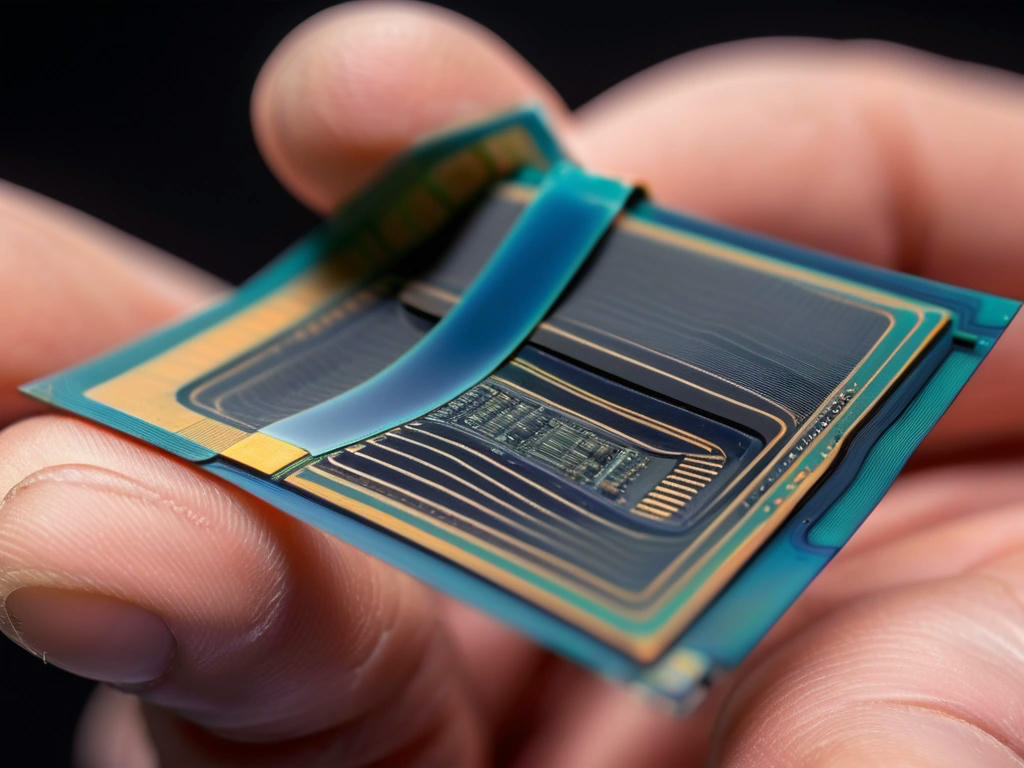The semiconductor industry has been facing a significant challenge in recent years, as the limitations of traditional silicon-based transistors have become increasingly apparent. Moore's Law, which states that the number of transistors on a microchip doubles approximately every two years, has been the driving force behind the rapid progress of computing technology. However, as transistors have gotten smaller and more densely packed, it has become clear that traditional materials and designs are no longer sufficient to sustain this pace of innovation. One potential solution to this problem is the use of graphene interconnects, which could potentially give Moore's Law new life.
Graphene, a highly conductive and flexible material made from a single layer of carbon atoms, has been touted as a potential game-changer for the semiconductor industry. Its high carrier mobility and thermal conductivity make it an ideal material for use in interconnects, which are the wires that connect different components on a microchip. By using graphene interconnects, chip manufacturers could potentially reduce the resistance and capacitance of their interconnects, allowing for faster and more efficient data transfer.
One of the main advantages of graphene interconnects is their ability to operate at high frequencies and speeds. Traditional copper interconnects are limited by their resistivity and capacitance, which can cause signal degradation and delay at high speeds. Graphene interconnects, on the other hand, have been shown to operate at frequencies of up to 100 GHz, making them potentially suitable for use in high-speed applications such as 5G wireless communication and high-performance computing.
In addition to their high-speed capabilities, graphene interconnects also offer a number of other potential benefits. They are highly flexible and can be bent or folded without suffering damage, making them potentially suitable for use in flexible electronics and wearable devices. They are also highly conductive, which could reduce the power consumption of microchips and make them more energy-efficient.
Despite the potential benefits of graphene interconnects, there are still a number of challenges that must be overcome before they can be widely adopted. One of the main challenges is the difficulty of producing high-quality graphene at scale, which is necessary for use in commercial microchips. Additionally, the interface between graphene and other materials can be problematic, which can affect the performance and reliability of the interconnects.
Overall, graphene interconnects have the potential to give Moore's Law new life by enabling the creation of faster, more efficient, and more flexible microchips. While there are still challenges to be overcome, the potential benefits of graphene interconnects make them an exciting and promising area of research and development in the semiconductor industry. As researchers and manufacturers continue to explore the potential of graphene interconnects, it is likely that we will see significant advances in computing technology in the years to come.

